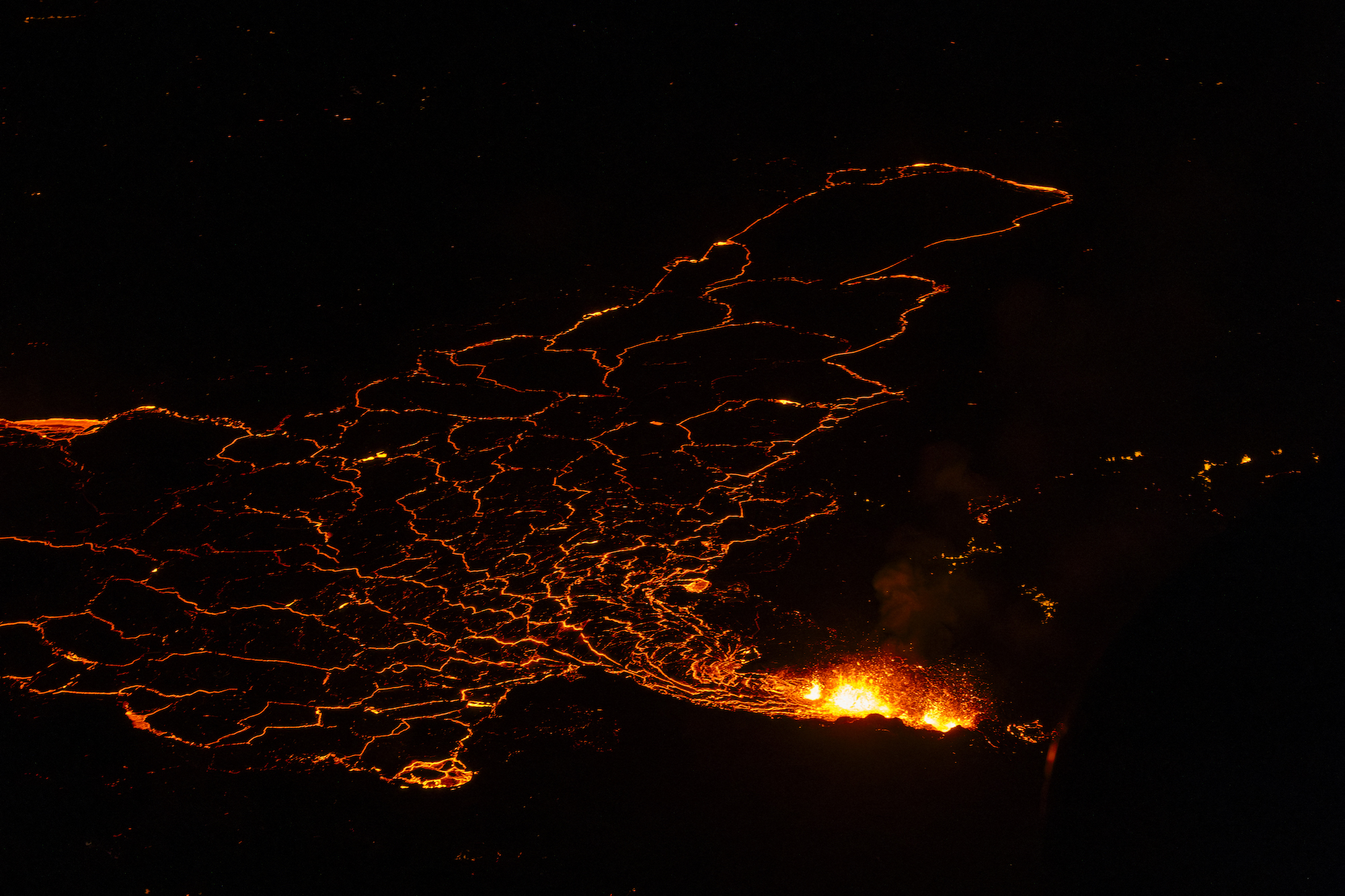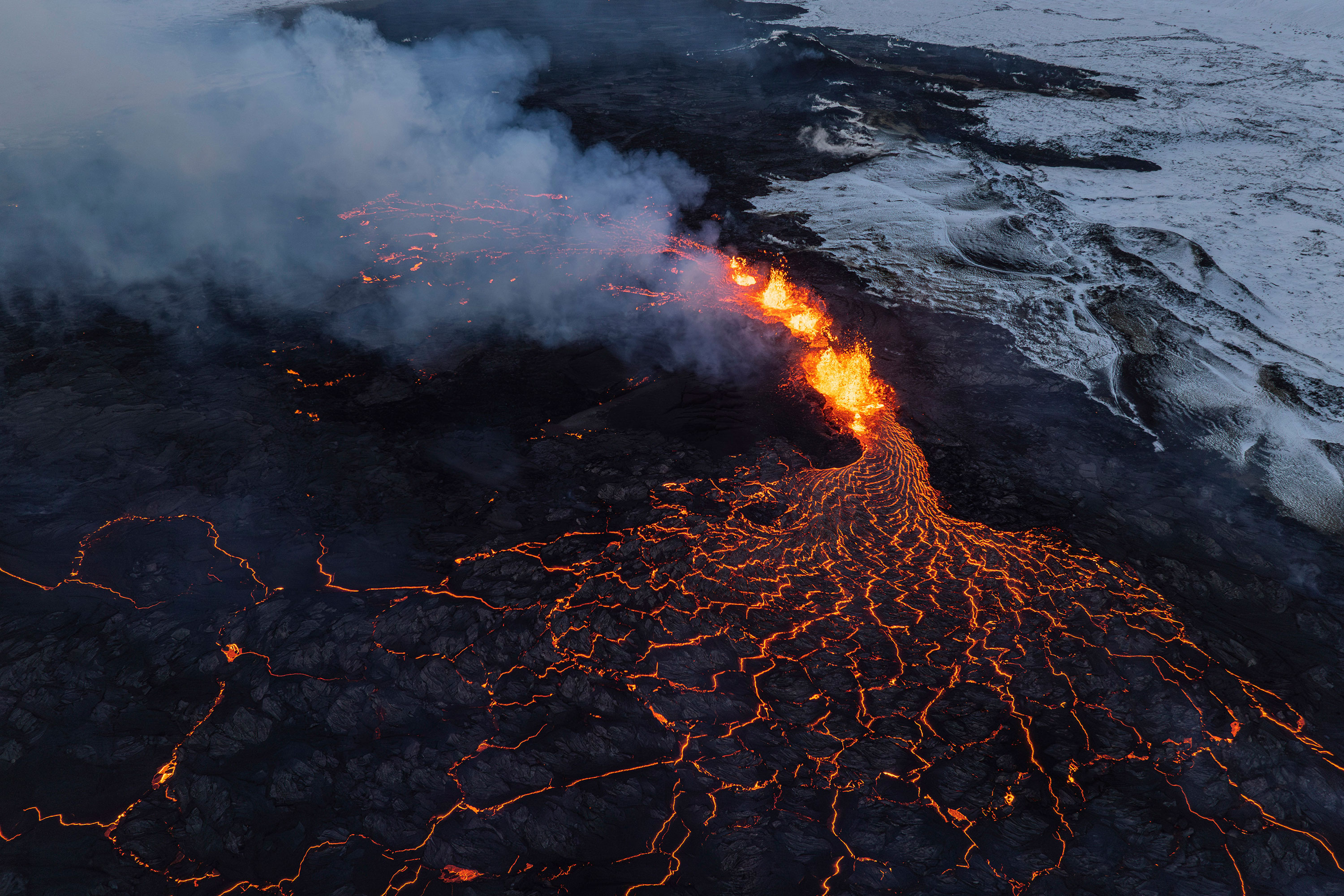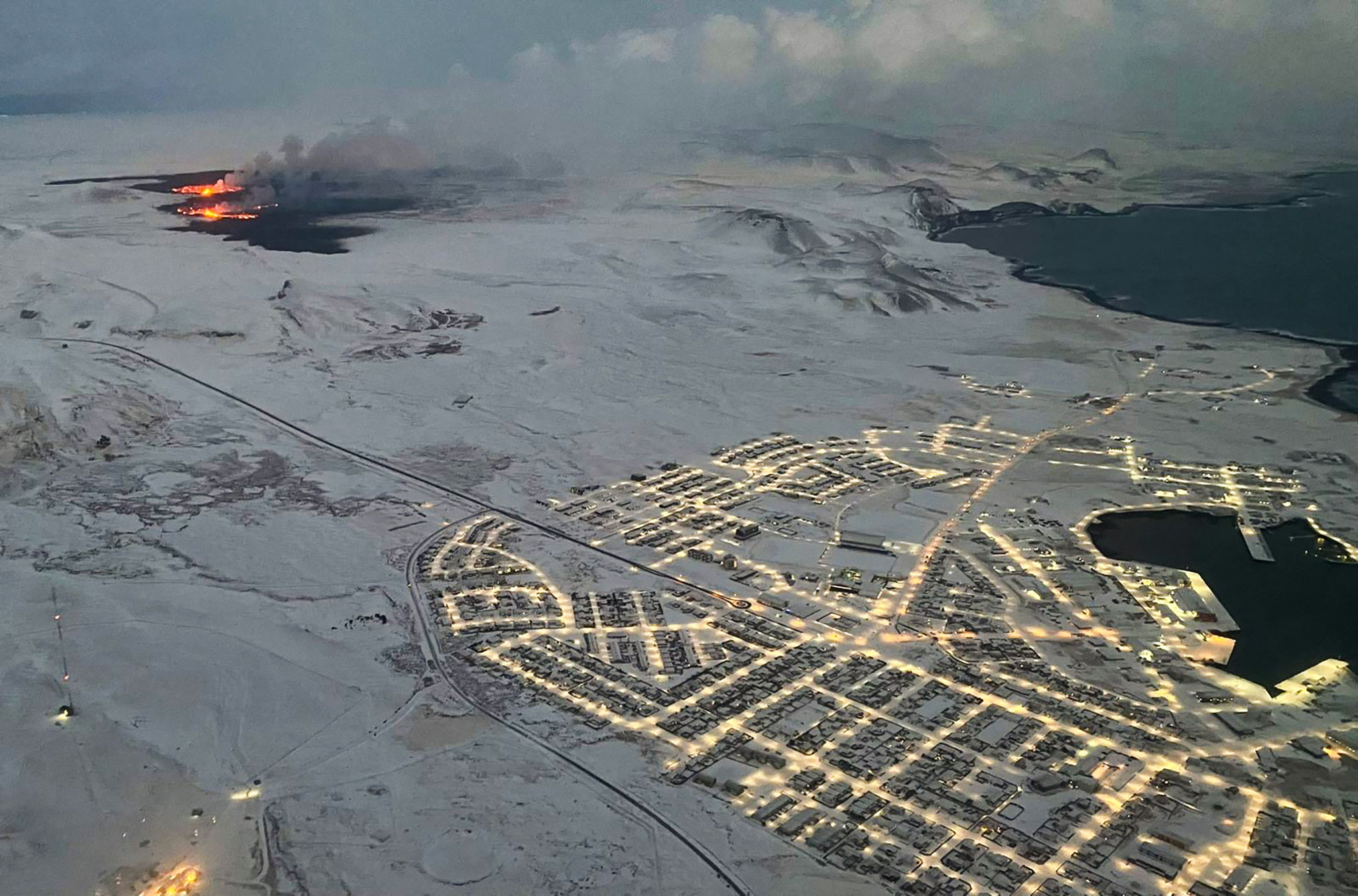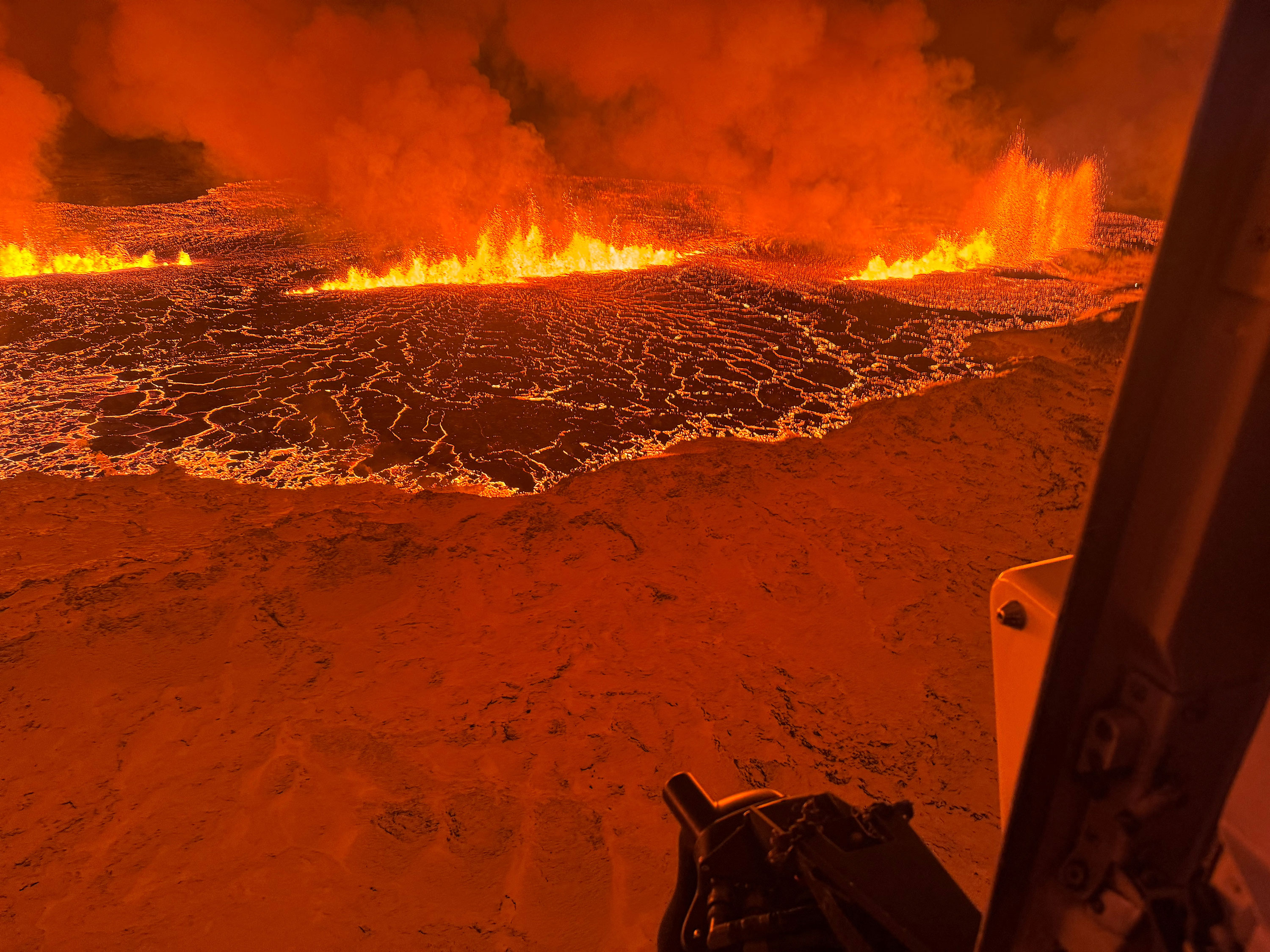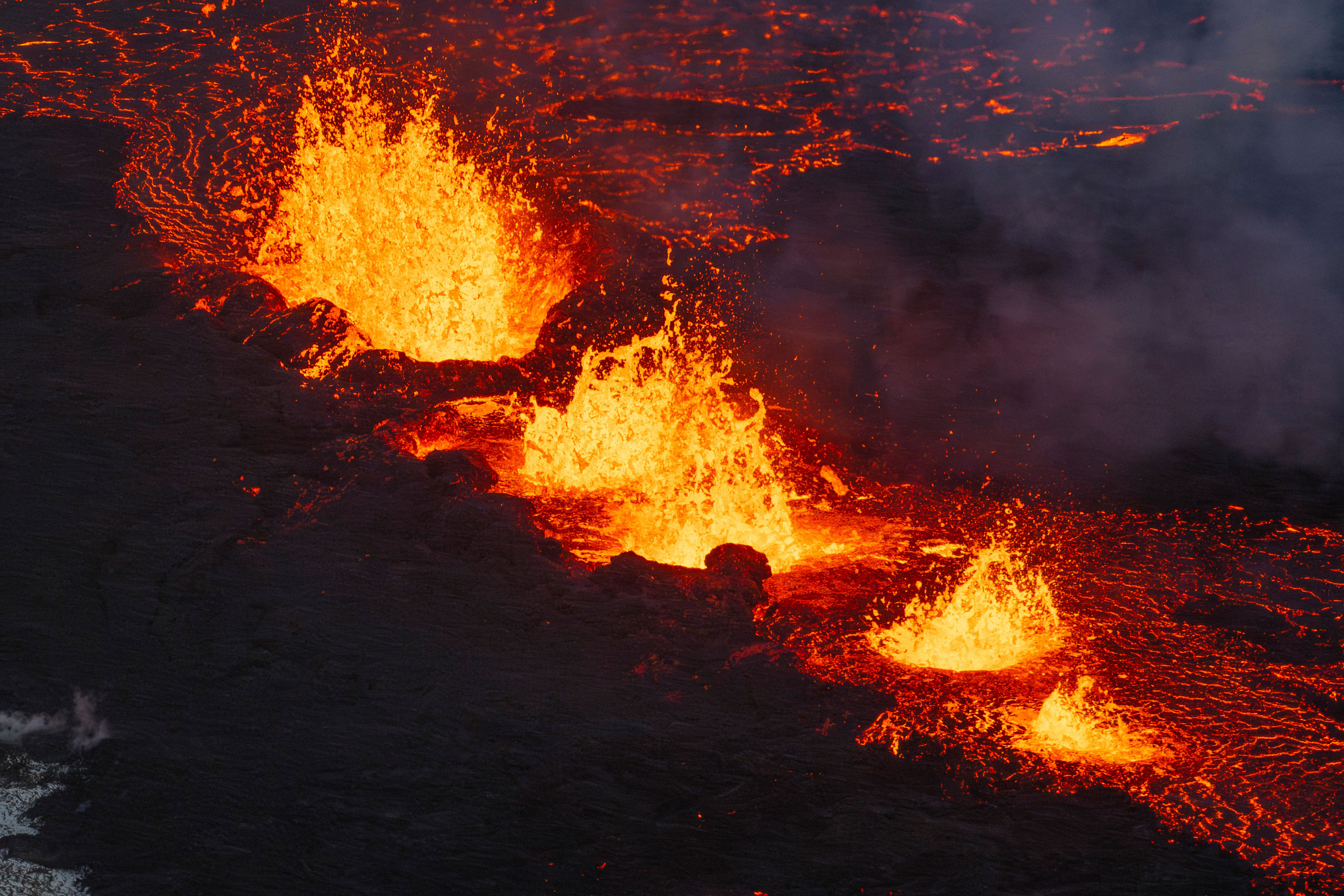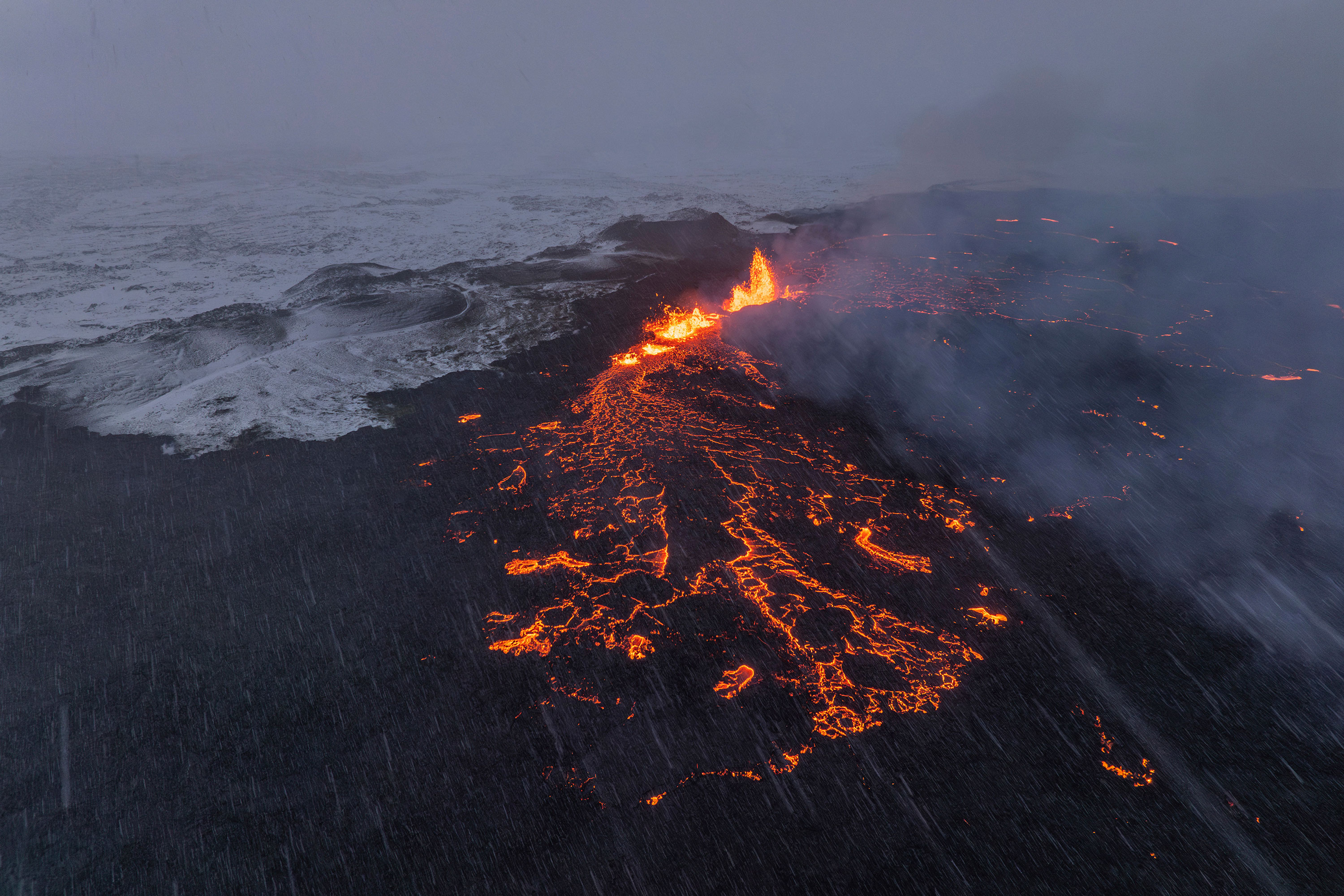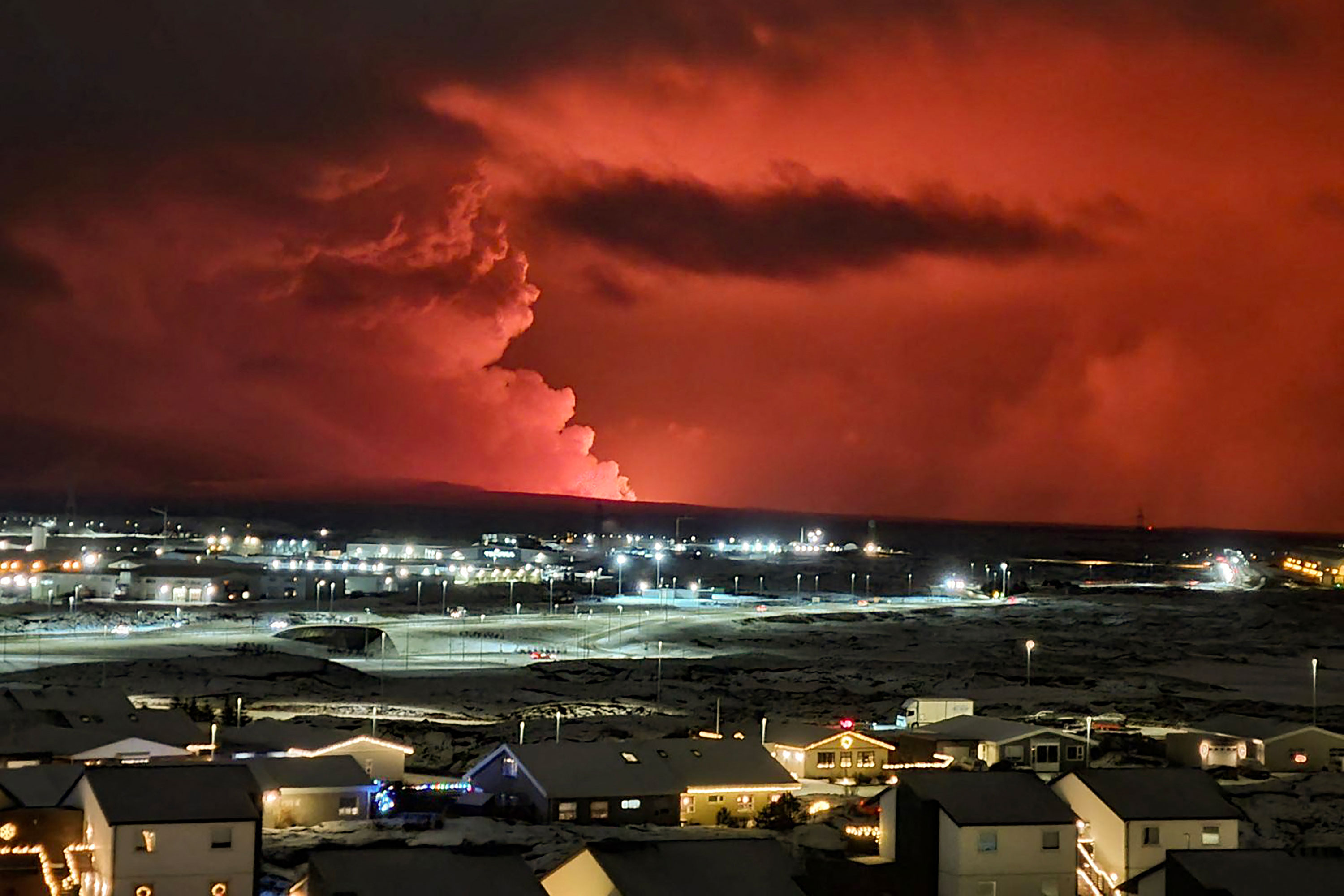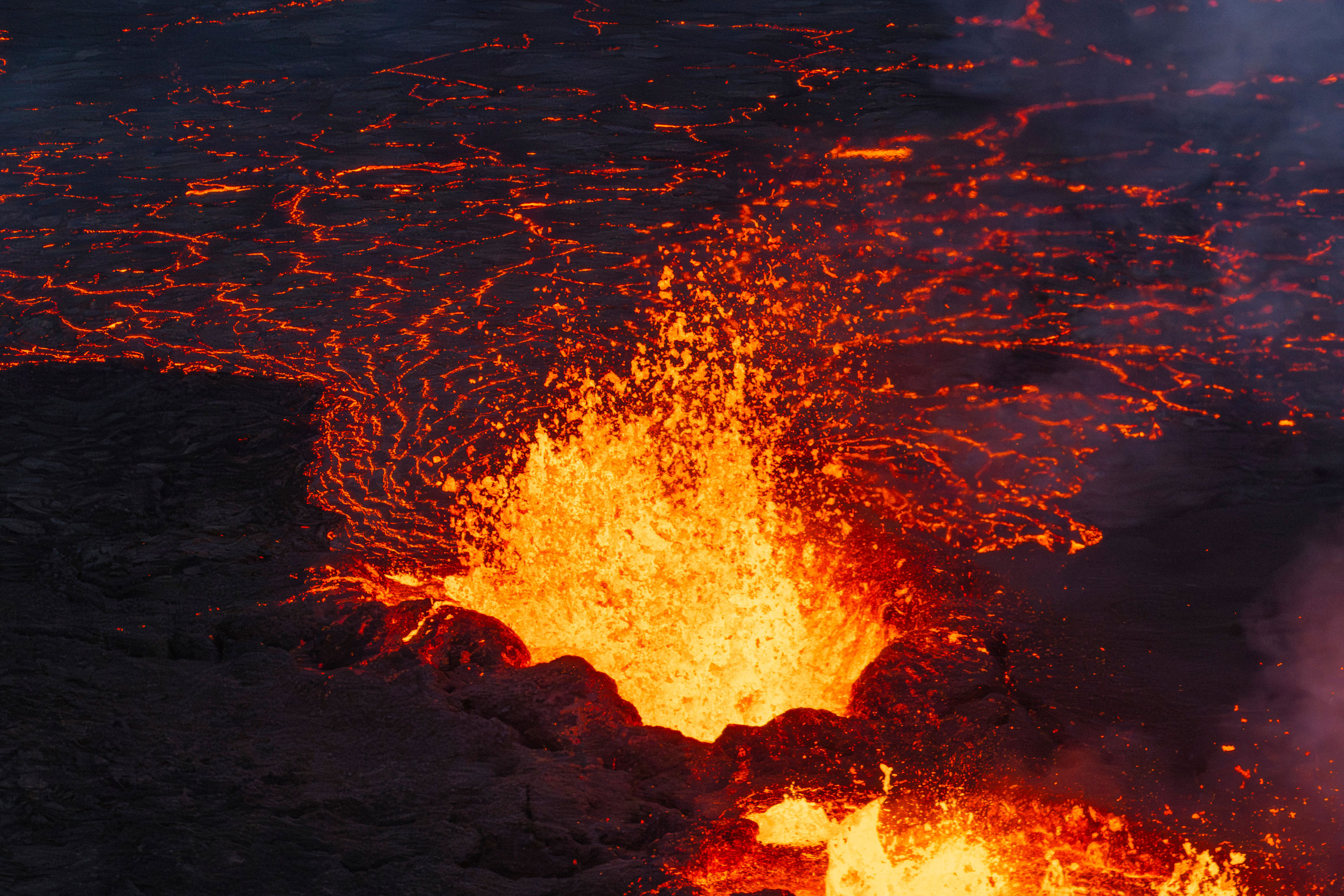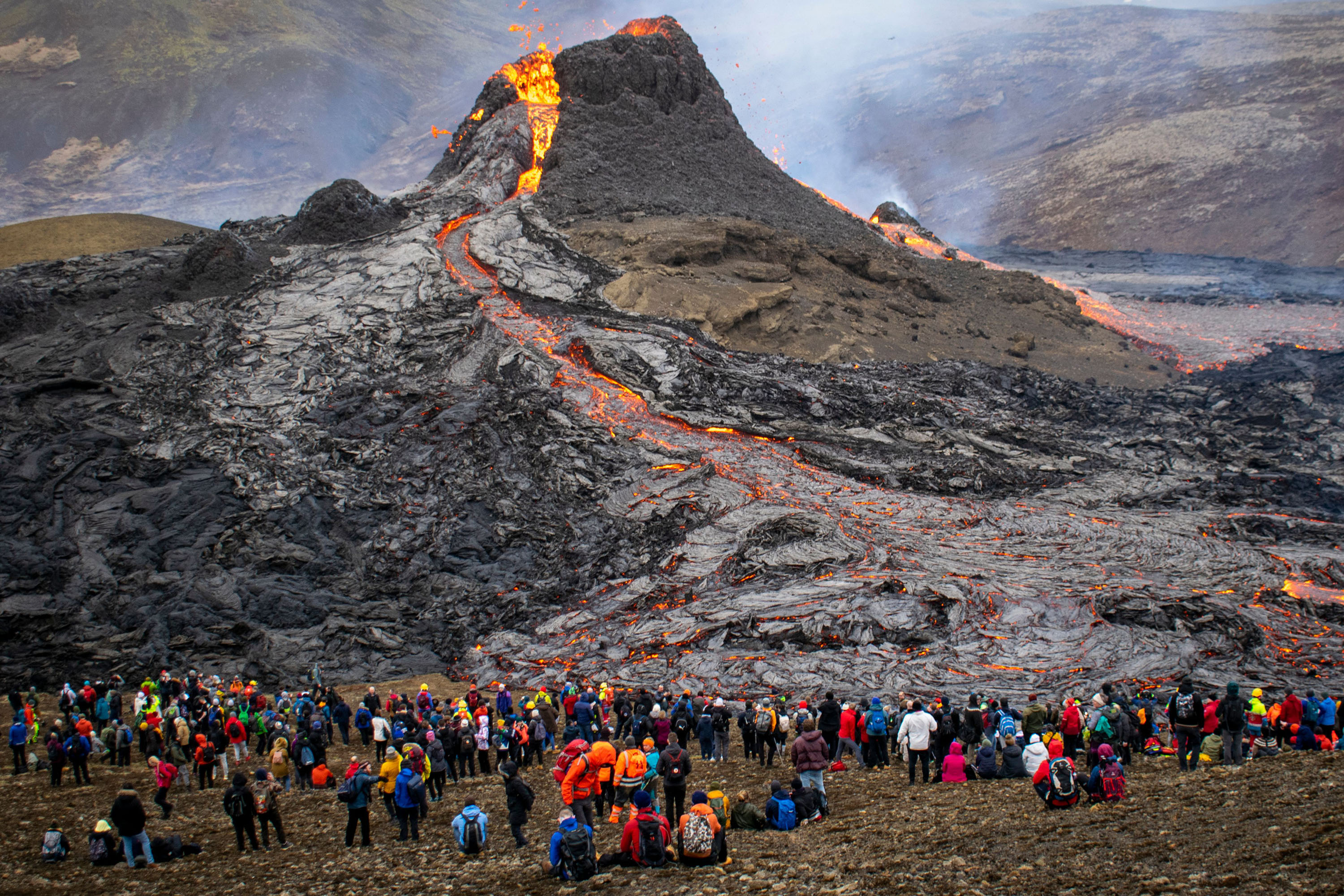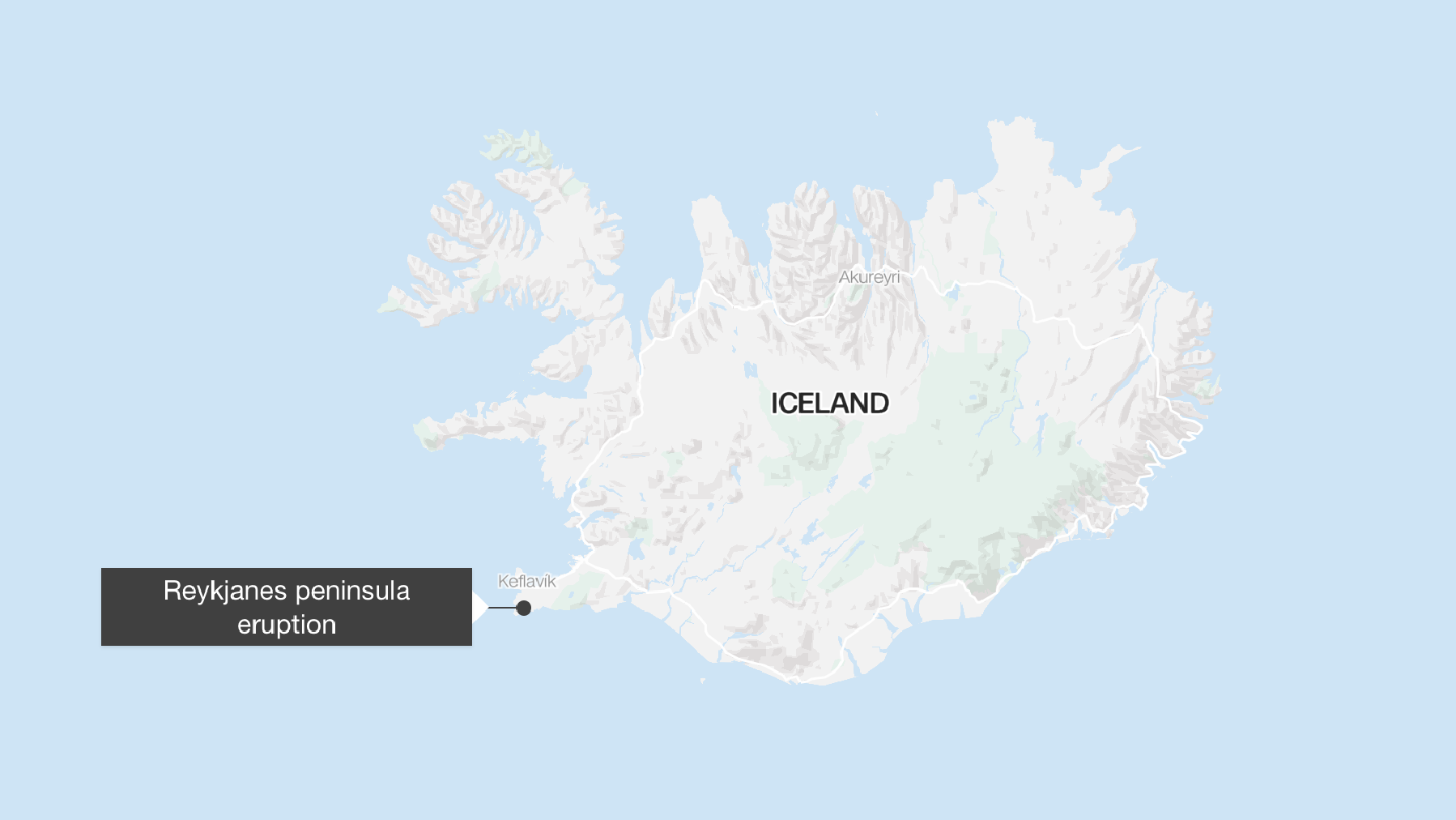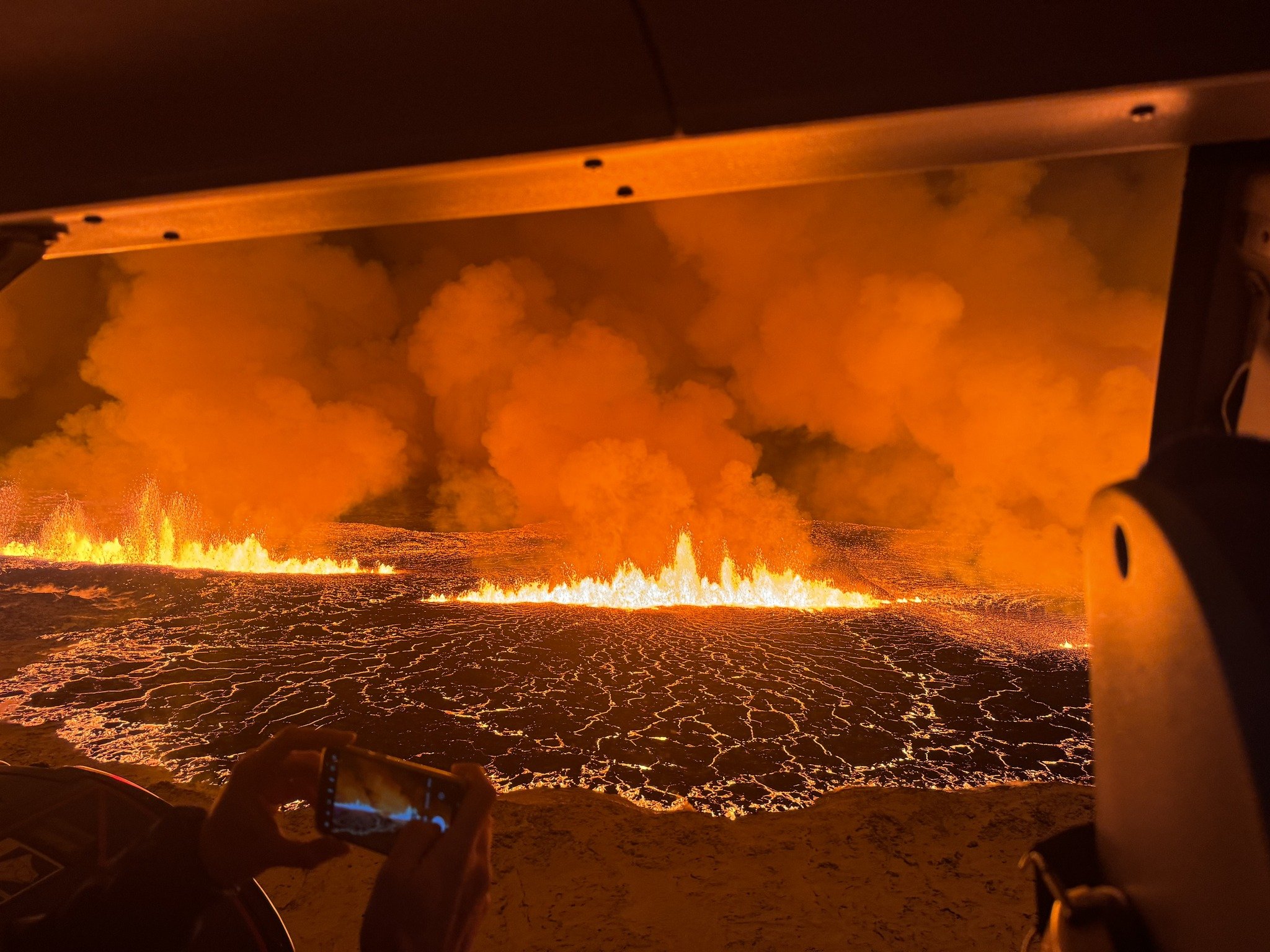While scientists say the volcano erupting on Iceland’s Reykjanes peninsula is starting to diminish, that does not mean the risk is over.
There are currently three vents of lava pushing through a crack that is about 2 miles long, according to the Icelandic Meteorological Office. It warned Tuesday that more vents could still open up “along the original fissure as well as further north or south.”
The volcano erupted about 1.8 miles away from the town of Grindavík — an area where residents were evacuated from their homes earlier this year in anticipation of the eruption. Iceland’s Civil Protection Agency previously said the magma tunnel that is forming could reach Grindavik, but it didn’t know where the magma might break through.
The IMO said there were about 90 minutes between the “first indicators and the start of the eruption” on Monday and said that any window of warning for new vents opening could be short.
Jess Phoenix, a volcanologist and geologist, echoed that sentiment of unpredictability. She told CNN that it is hard to tell what will come next.
“The only constant is change and that is because volcanoes are not predictable,” Phoenix said.
If the eruption continues to keep spreading south, it could put Grindavik in danger, she said. The biggest risk, however, is to property since most people have been evacuated.
“Right now most of the erupted activity is on the north end of what we saw from those images earlier – and that’s actually a good thing. That’s less populated,” Phoenix said.
“If we get more magma injected into the system, then we've got more places that it needs to go. So we hope that things stay on the calm side and hopefully peter out without actually spreading," she added.
